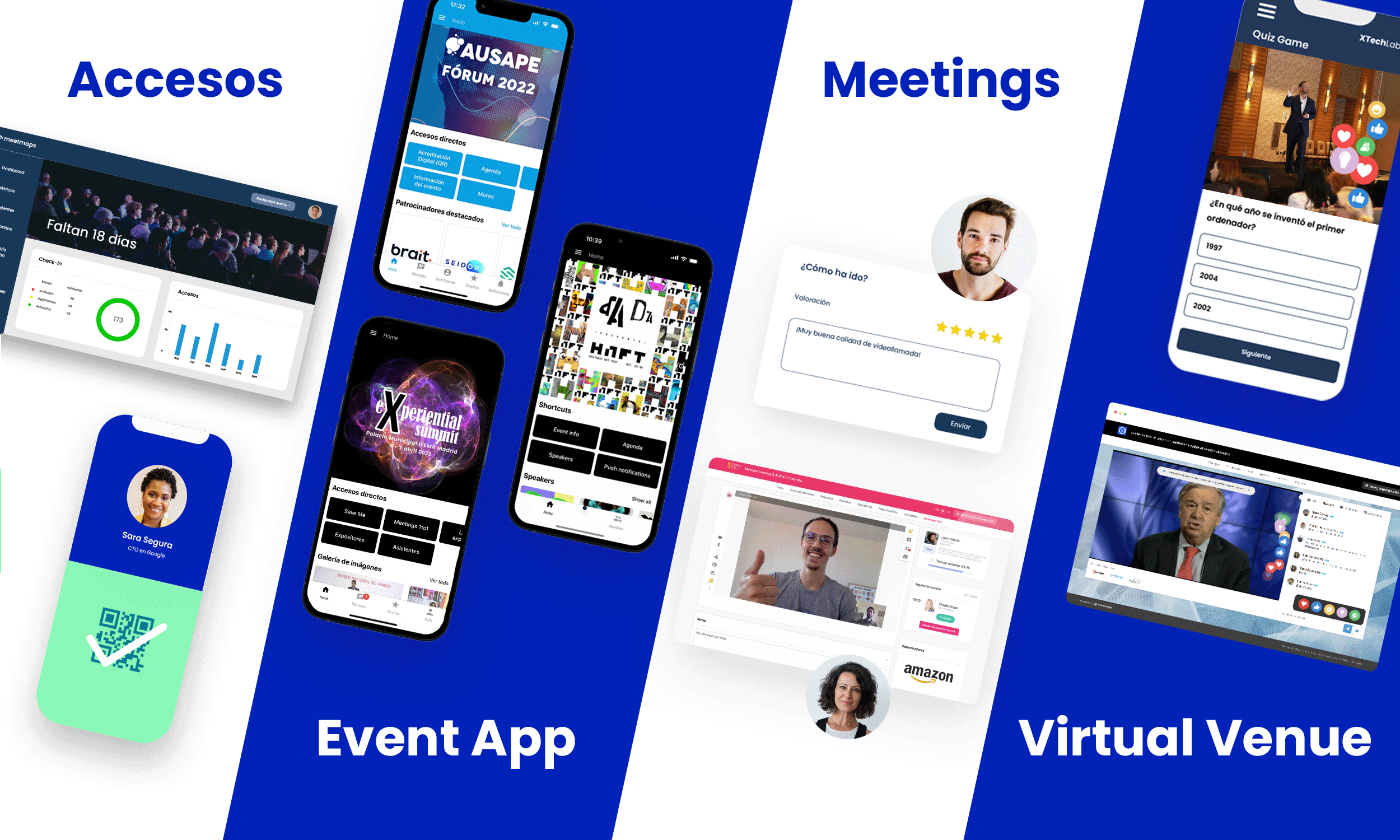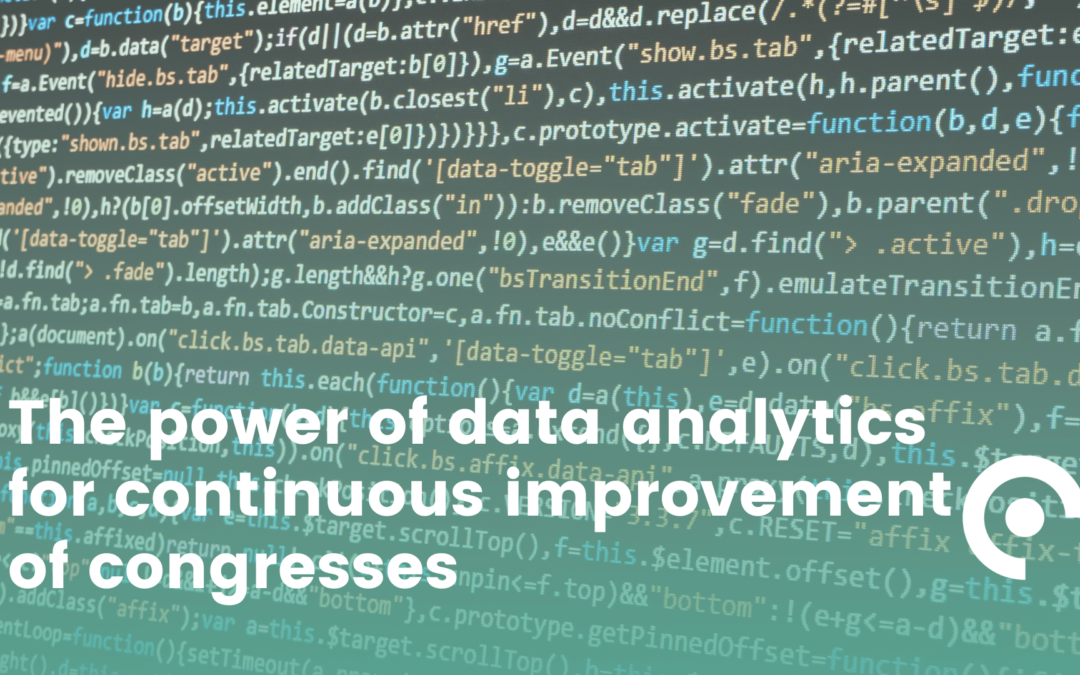Índice de contenidos
In the world of congresses, the ability to analyze data has become a crucial factor for continued success. By using advanced analytics tools and techniques, organizers can gain valuable insights that enable them to improve every aspect of their events. This article explores how data analytics can drive continuous improvement at congresses and provides practical guidance for effective implementation.
The role of data analytics at congresses
Data analytics allows congress organizers to gain deep insight into every element, from registration to attendee satisfaction. This information is essential for making informed decisions and optimizing future editions.
Benefits of data analytics
Improving the attendee experience
Data analysis helps to identify which aspects of the congress are most valued by attendees. This allows you to adjust activities, sessions and services to better meet their expectations and needs.
Resource optimization
Data analysis allows for a more efficient allocation of resources. By understanding which areas generate the most interest and which do not, organizers can optimize their budget and effort on the most relevant activities.
Evaluation of the congress impact
By analyzing data, organizers can measure the impact of the congress in terms of participation, interaction and return on investment (ROI). This evaluation is crucial to justify the event and plan future congresses.

Types of data collected
Demographic data
Knowing attendee demographics, such as age, gender and location, allows you to customize experiences and tailor conference content to specific audiences.
Participation data
This data includes the number of registrations, session attendance, social media interactions and survey participation. They are essential to measure the level of attendee engagement.
Feedback data
Direct feedback from attendees, gathered through surveys and comments, provides insights into what worked well and what needs improvement at the congress.

Data analysis tools
Event management software
Event management platforms, such as Meetmaps, offer advanced analytics capabilities that facilitate efficient data collection and processing.
Analysis platforms
Analytics tools such as Google Analytics and Power BI allow organizers to drill down into data and gain detailed insights into attendee behavior and preferences.
Systems integration
The integration of different systems and tools ensures that data is collected and analyzed in a consistent manner, providing a complete and accurate view of the congress.
Strategies for implementing data analytics
Define clear objectives
Before starting data analysis, it is crucial to clearly define what you want to achieve. These objectives will guide data collection and subsequent analysis.
Staff training
Staff must be trained to use data analysis tools effectively. Ongoing training ensures that the use of analytical capabilities is maximized.
Use of key performance indicators (KPIs)
KPI’s are specific metrics that help measure the success of the congress in relation to the established objectives. Regular monitoring of these indicators allows strategies to be adjusted in real time.
Monitoring data is a powerful tool for continuous improvement in the organization of congresses. By implementing effective strategies and using the right tools, organizers can transform their events, making each edition better than the last. The ability to make informed decisions based on data is essential to the success and long-term sustainability of any congress.
Related blogs:
